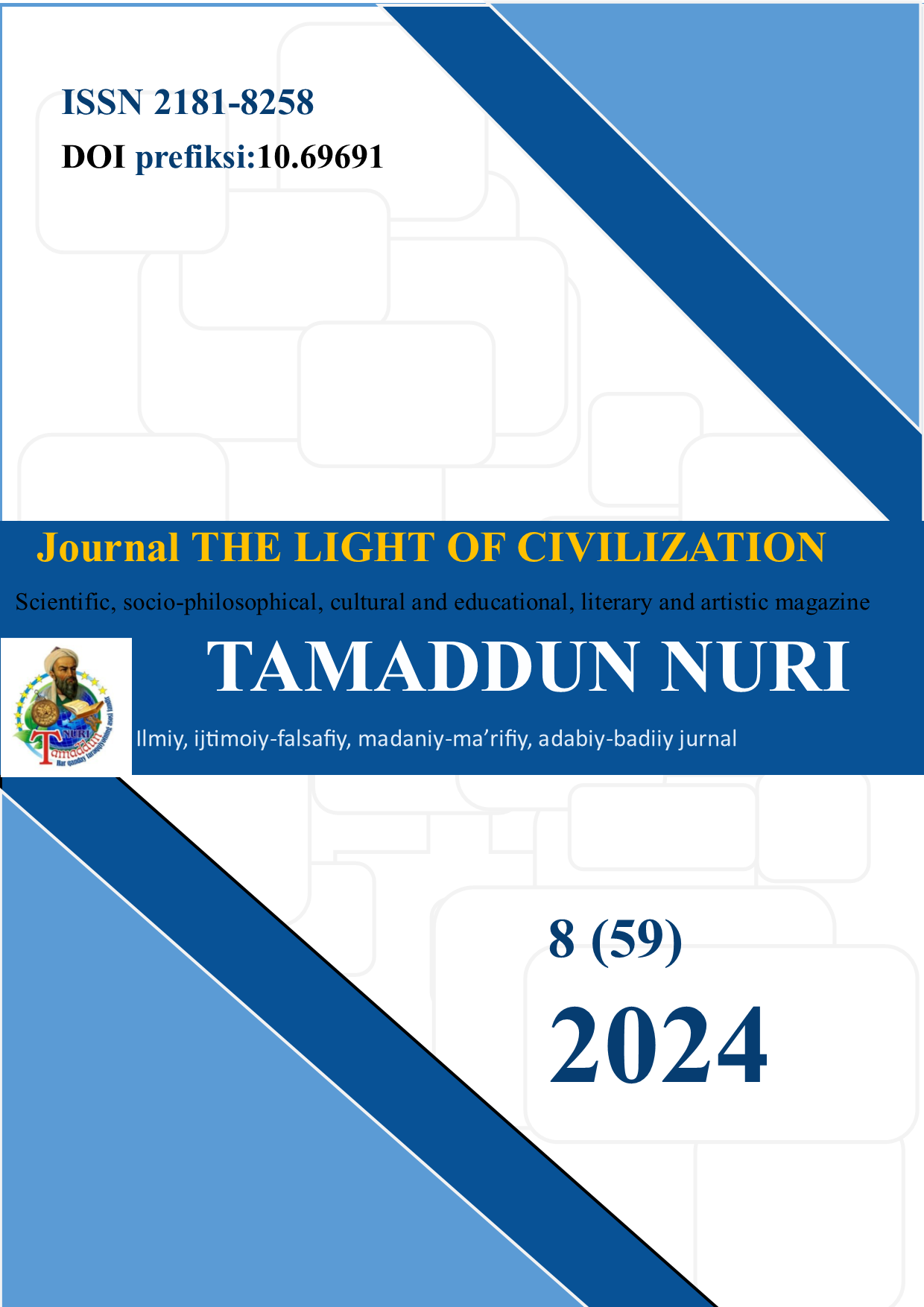BLOKCHEYN TEXNOLOGIYASIDA SHAXSIY MA’LUMOTLARNI SAQLASHNING HUQUQIY VA AXLOQIY MASALALARI
##doi.readerDisplayName##:
https://doi.org/10.69691/b4pny139Kalit so'zlar:
Blokcheyn texnologiyasi, shaxsiy ma’lumotlar, GDPR, CCPA, ma’lumotlar maxfiyligi, qonuniy muvofiqlik, axloqiy mulohazalar, o‘zgarmaslik, ma’lumotlarni himoya qilish, ma’lumotlarni saqlashning gibrid modellari.Annotatsiya
Maqola GDPR va CCPA talablarini hisobga olgan holda, blokcheyn texnologiyalaridan foydalangan holda shaxsiy ma’lumotlarni saqlashning huquqiy va axloqiy jihatlarini tahlil qiladi. Sifat tahlili va huquqiy ekspertiza asosida olib borilgan tadqiqot, blokcheynning o‘zgarmasligi ushbu reglamentlarda belgilangan ma’lumotlarni o‘chirish huquqi va iste'molchilar nazorati bilan zid ekanligini ko‘rsatadi. Gibrid modellar va maxfiylikni oshiruvchi texnologiyalar kabi mumkin bo‘lgan yechimlar hamda maxfiylik, rozilik va ma’lumotlarga egalik qilish kabi axloqiy masalalar muhokama qilinadi.
Foydalanilgan adabiyotlar
Azaria, A., Ekblaw, A., Vieira, T., & Lippman, A. (2016). MedRec: Using Blockchain for Medical Data Access and Permission Management. 2016 2nd International Conference on Open and Big Data (OBD), 25-30. https://doi.org/10.1109/OBD.2016.11
Buterin, V. (2016). On Public and Private Blockchains. Retrieved from https://ethereum.github.io/blog/2016/08/07/on-public-and-private-blockchains/
Fairfield, J. (2014). BitProperty. Southern California Law Review, 88(805). Retrieved from https://papers.ssrn.com/sol3/papers.cfm?abstract_id=2505915
Finck, M. (2018). Blockchains and Data Protection in the European Union. European Data Protection Law Review, 4(1), 17-35. https://doi.org/10.21552/edpl/2018/1/6
Floridi, L. (2013). The Ethics of Information. Oxford University Press.
Graglia, J. M., & Mellon, C. (2018). Blockchain and Property in 2018: At the End of the Beginning. Innovations: Technology, Governance, Globalization, 12(1-2), 90-116. https://doi.org/10.1162/inov_a_00271
Koops, B. J., & Leenes, R. (2014). Privacy Regulation Cannot Be Hardcoded. A Critical Comment on the ‘Privacy by Design’ Provisions in Data-Protection Law. International Review of Law, Computers & Technology, 28(2), 159-171. https://doi.org/10.1080/13600869.2013.801589
Kuner, C. (2020). The CCPA and GDPR: Understanding the Key Differences. Privacy Laws & Business International Report, 2020(162), 1-4. Retrieved from https://www.privacylaws.com/reports/int162.pdf
Mettler, M. (2016). Blockchain Technology in Healthcare: The Revolution Starts Here. 2016 IEEE 18th International Conference on e-Health Networking, Applications and Services (Healthcom), 1-3. https://doi.org/10.1109/HealthCom.2016.7749510
Nofer, M., Gomber, P., Hinz, O., & Schiereck, D. (2017). Blockchain. Business & Information Systems Engineering, 59(3), 183-187. https://doi.org/10.1007/s12599-017-0467-3
Rostamy, R., & Nilsson, E. (2020). Blockchain Technology and GDPR Compliance: Can They Be Reconciled? European Journal of Law and Technology, 11(1). Retrieved from https://ejlt.org/index.php/ejlt/article/view/730
Tapscott, D., & Tapscott, A. (2016). Blockchain Revolution: How the Technology Behind Bitcoin Is Changing Money, Business, and the World. Penguin.
Voigt, P., & von dem Bussche, A. (2017). The EU General Data Protection Regulation (GDPR): A Practical Guide. Springer International Publishing. https://doi.org/10.1007/978-3-319-57959-7
Zyskind, G., Nathan, O., & Pentland, A. (2015). Decentralizing Privacy: Using Blockchain to Protect Personal Data. 2015 IEEE Security and Privacy Workshops, 180-184. https://doi.org/10.1109/SPW.2015.27
Yuklashlar
Nashr etilgan
Son
Bo'lim
Litsenziya
Copyright (c) 2024 TAMADDUN NURI JURNALI

Это произведение доступно по лицензии Creative Commons «Attribution-NoDerivatives» («Атрибуция — Без производных произведений») 4.0 Всемирная.



